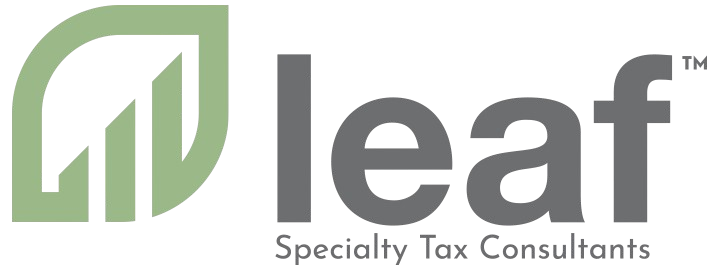As Donald Trump returns to the White House, small business owners are preparing for potential tax changes that could impact their bottom line. Trump’s previous tax policies under the 2017 Tax Cuts and Jobs Act (TCJA) were largely favorable to businesses, but what can small businesses expect in 2025? This blog post breaks down key proposed tax changes, their benefits, and potential drawbacks.
1. Extension of the 2017 Tax Cuts and Jobs Act (TCJA)
The TCJA introduced several tax breaks for small businesses, many of which are set to expire in 2025 unless extended.
✅ Benefits:
- Lower tax rates for pass-through businesses (S Corps, LLCs, and sole proprietors) may continue.
- The 20% Qualified Business Income (QBI) deduction could be extended, reducing taxable income for many entrepreneurs.
- Bonus depreciation for capital investments may remain in place.
❌ Disadvantages:
- If not extended, small businesses could see an increase in their tax burden.
- Potential budget deficits may lead to future tax hikes to offset losses.
2. Expansion of Research & Development (R&D) Tax Incentives
The R&D tax credit, a crucial incentive for innovation-driven businesses, may see changes under Trump’s 2025 tax plan. While previous tax reforms limited the immediate deductibility of R&D expenses, there is speculation that his administration could reinstate full expensing or further enhance the credit.
✅ Benefits:
- Encourages investment in innovation and technology.
- Provides cash flow relief for businesses engaging in product development and process improvements.
- Helps U.S. businesses remain competitive in global markets.
- Potential retroactivity to claim substantial refunds.
❌ Disadvantages:
- Uncertainty around how changes will be structured and whether they will be permanent.
- Some small businesses may struggle with compliance and documentation requirements to claim the credit.
By leveraging R&D tax credits, small businesses investing in new products, software, or manufacturing processes can reduce their tax burden and reinvest in growth. Business owners should monitor potential reforms and consult a tax expert to optimize their strategy.
3. Potential Payroll Tax Reductions
Trump has previously proposed cutting payroll taxes to increase take-home pay for employees and reduce costs for businesses.
✅ Benefits:
- Lowers the financial burden of hiring and retaining employees.
- Could stimulate economic growth by increasing consumer spending.
❌ Disadvantages:
- Reducing payroll taxes could impact Social Security and Medicare funding.
- Temporary cuts may not provide long-term financial relief for businesses.
4. Increased Tariffs and Trade Policy Adjustments
Trump has signaled a potential increase in tariffs on imported goods, particularly from China and Mexico.
✅ Benefits:
- Could encourage domestic manufacturing and reduce reliance on foreign goods.
- May create more jobs in U.S.-based industries.
❌ Disadvantages:
- Businesses reliant on imported materials may face higher costs.
- Increased costs could lead to higher prices for consumers.
5. Potential Changes to Corporate Tax Rates
While Trump previously lowered the corporate tax rate from 35% to 21%, discussions are ongoing about potential further reductions or adjustments.
✅ Benefits:
- Lower tax rates could boost business profits and reinvestment.
- Could make the U.S. a more attractive hub for global businesses.
❌ Disadvantages:
- Corporate tax cuts primarily benefit large businesses, with fewer direct advantages for smaller firms.
- Revenue losses from tax cuts could lead to reduced government funding for small business programs.
Final Thoughts: How Should Small Businesses Prepare?
With potential changes on the horizon, small business owners should take proactive steps to navigate the shifting tax landscape:
- Consult a Tax Advisor: Stay informed on tax law changes and strategize accordingly.
- Maximize Deductions: Take full advantage of current tax credits before any reforms take effect.
- Monitor Trade Policies: If your business relies on imports, consider alternative sourcing strategies.
- Plan for Payroll Adjustments: Prepare for potential shifts in payroll tax policies that could affect your hiring strategy.
While Trump’s tax policies may provide relief for some small businesses, others may face new challenges. Staying informed and proactive is key to maximizing benefits and mitigating risks.




